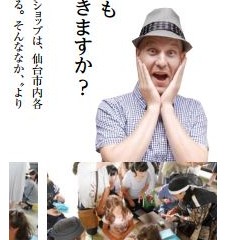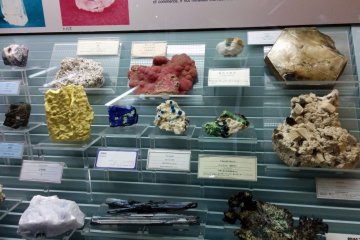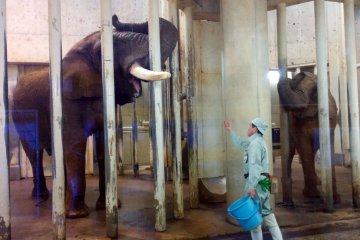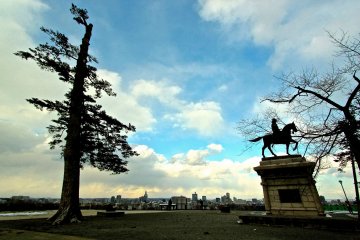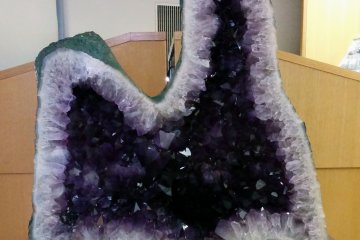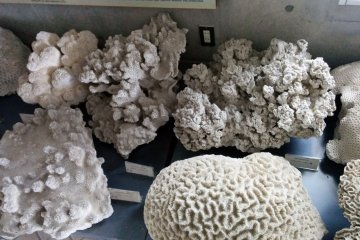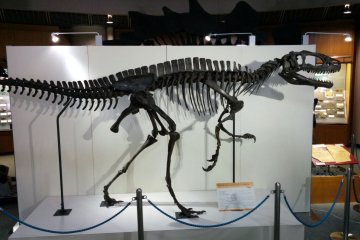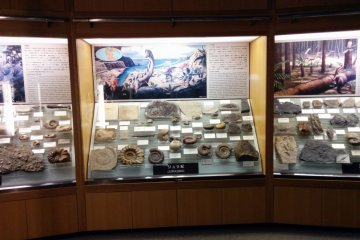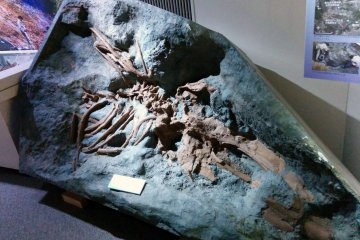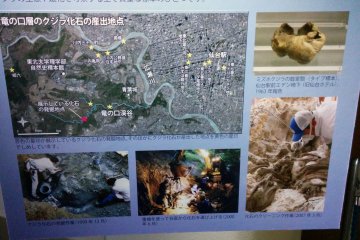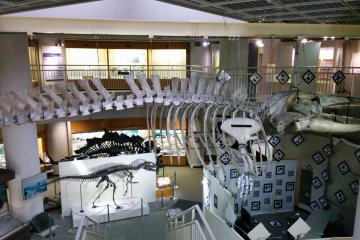The Tohoku University Museum of Natural History is advertised as a place to view Earth's natural treasures. While this is very true, a few extras and the great exhibits exceeded my expectations, making my visit a pleasurable experience. Sendai is known as the ''City of Trees'' for its abundant scenery, but it is also known as an academic city for its its numerous educational facilities and emphasis on learning. The museum is located at Tohoku University and displays items from the university's collection in addition to its own research and archaeological finds.
As I walked into the museum I was taken aback, I expected rocks and that was about it. In fact I went there mostly because it was on the Loople City Tour Bus route and I figured it was something different. Well of course there were rocks, but many of them were gorgeous. The beautiful objects had me suddenly consider if I should I start collecting rocks myself. Purples, oranges, and even pinks twinkled from the numerous display cases. In the next few cases, fossils of plants and animals painted pictures of creatures that were alive hundreds, thousands, or millions of years ago. Most of the fossils were in excellent condition and you can clearly see imprints and not just a faint outline as you sometimes get at other places. Several skeletons have also found their way into the museum. A few gone but not forgotten dinosaurs, ancient human skulls, and a massive set of whale bones hanging above the entire first floor exhibition area can offer a sense of awe or creepiness depending on your own personal outlook. A tiny case of Tibetan Buddhist statues, butterfly collection, and temple building tool artifacts round off the museum. Some panels explain the continuing work of the university in the fields of natural history and early human civilization discoveries.
There are Japanese signs for everything, and English signs for most things. Though you can also get a great English pamphlet at the ticket booth. The available English info should more than satisfy anyone expect the curious scholar. At less than 200 yen, the admission price is well worth it to see such a fascinating collection with several rare displays.


